Calories in One Roti – How Many Calories Does a Single Roti Contain?
When you’re counting Calories in One Roti, you’re looking at more than just a number on a label. Calories in One Roti, the energy content of a typical Indian flatbread made from whole‑wheat flour, also known as roti calories, helps you decide how it fits into your daily diet. Understanding this value means you can balance meals, manage weight, and keep your nutrition on track.
Roti itself is a staple across North India, and its basic ingredients – whole‑wheat flour, water, and a pinch of salt – give it a clean, earthy flavor. Roti, a thin, unleavened flatbread cooked on a hot tawa can vary in size, thickness, and cooking technique, all of which shift the calorie count. A medium‑sized, 6‑inch roti that’s soft and lightly puffed typically packs around 70‑80 calories, while a larger, thicker version can push past 100 calories. Those numbers are not random; they come from the carbohydrate‑rich wheat flour, the tiny amount of fat from cooking oil (if used), and the water that adds mass without calories.
Why Nutrition Details Matter for Your Plate
Beyond calories, the Nutrition, the mix of carbs, protein, fiber, and micronutrients in a food item profile of roti tells you how it supports energy levels and satiety. A standard roti delivers roughly 15 g of carbohydrates, 2 g of protein, and 1 g of fiber. Those carbs break down slowly, giving you steady blood‑sugar levels, while the fiber aids digestion and keeps you feeling full longer. Protein, though modest, contributes to muscle repair, especially when paired with dal or paneer. If you add a dab of ghee or a drizzle of oil, you introduce healthy fats that boost flavor and help absorb fat‑soluble vitamins present in side dishes.
Meal planners often ask: “How does one roti fit into a 2,000‑calorie diet?” The answer hinges on portion control and the rest of the meal. Pair a roti with a protein‑rich dal (about 150 calories) and a vegetable curry (around 80 calories), and you stay comfortably under 400 calories for a balanced lunch. If you’re on a low‑carb plan, you might limit roti to one per meal and fill the plate with more non‑starchy vegetables. The key is treating the roti as a flexible base rather than a fixed calorie bomb.
Cooking methods also sway the calorie equation. Using a dry tawa without oil keeps the roti lean, while brushing the surface with a teaspoon of ghee adds roughly 45 calories. Some cooks sprinkle a pinch of baking soda to make the roti puff faster; the soda itself has negligible calories but can change texture, making the bread feel lighter and potentially reducing the need for extra oil. These small tweaks add up, especially if you eat roti daily.
Finally, consider the cultural context. Roti isn’t just food; it’s a communal experience that often accompanies family meals, festivals, and fast‑day rituals. Knowing the calorie and nutrition profile helps you enjoy tradition without compromising health goals. Whether you’re prepping for a marathon, managing diabetes, or simply trying to stay fit, the data around calories in a single roti empowers you to make informed choices.
Below you’ll find a curated set of articles that break down related topics – from roti puffing tricks and baking soda use, to broader nutrition facts about dal, biryani, and even how lemon affects dishes. Dive in to get practical tips, science‑backed explanations, and quick hacks that let you enjoy every bite of roti while staying on track with your health goals.
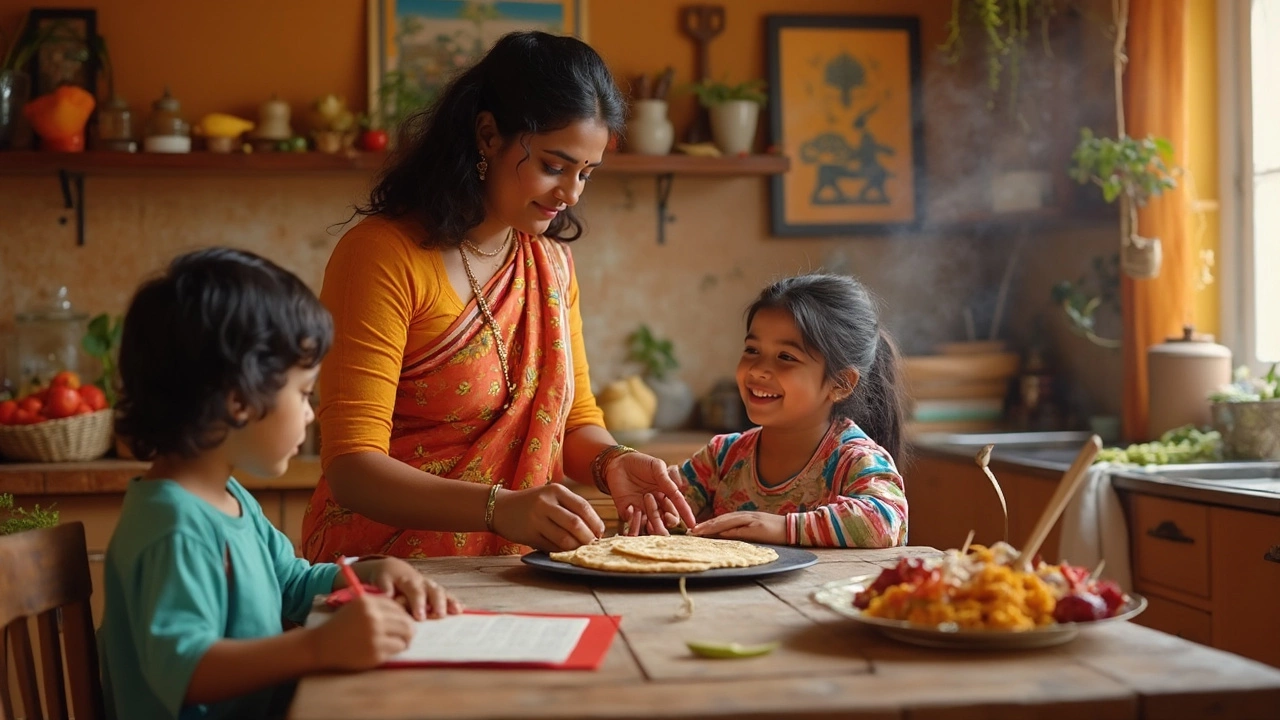
Chapati Portion Control: The Ideal Daily Serving for a Healthy Lifestyle
Managing your chapati intake is crucial for maintaining a balanced diet and healthy lifestyle. This guide provides practical tips on portion control, the impact of calories in one roti, and how Body Mass Index (BMI) plays a role in daily servings. Learn step-by-step how to calculate your ideal serving size and understand local dietary practices. Discover why knowing the legal standards of food labeling can help make informed choices.
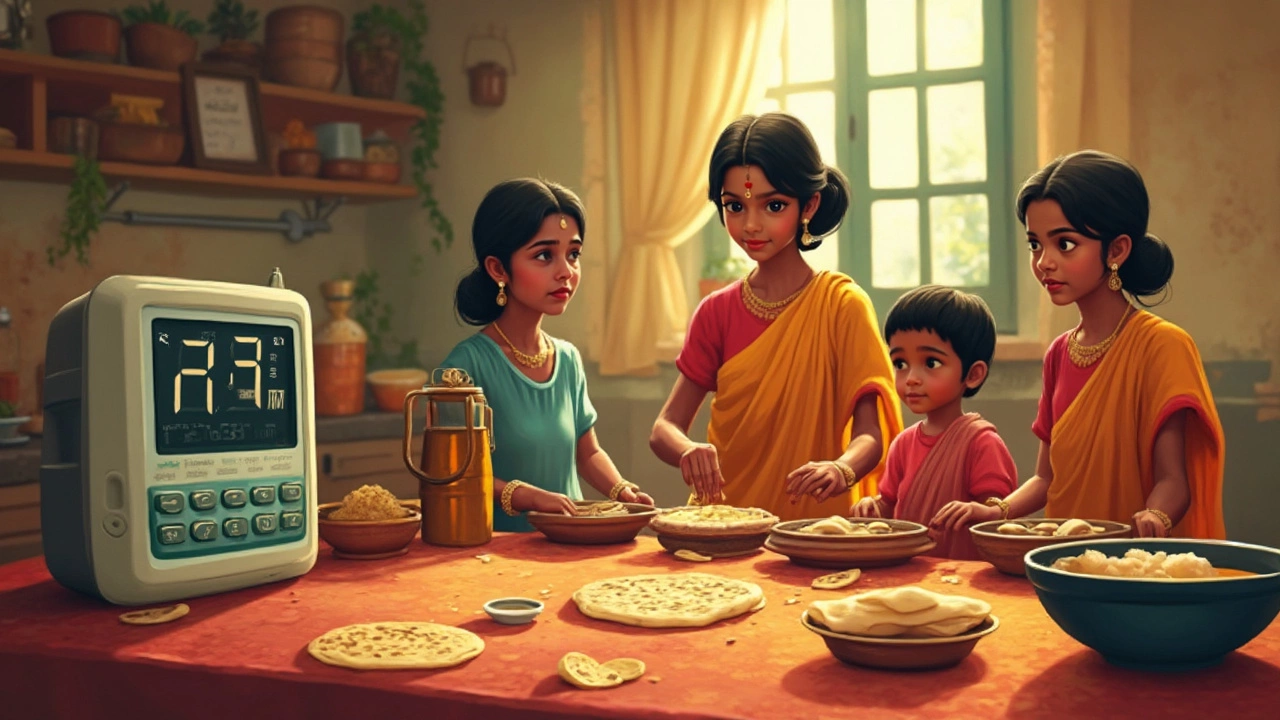
Roti Calories Calculator: Track Your Daily Intake Easily
Discover how a roti calorie calculator can help manage your daily intake with ease. Learn about the calories in one roti and how it relates to your Body Mass Index (BMI). This guide offers a step-by-step process to calculate how many chapatis you should consume daily. Explore local eating habits and consider the legal aspects of diet apps in India.

BMI Index: The Key to Understanding Your Weight and Health
Discover how the Body Mass Index (BMI) can help you understand your weight and health better. Learn practical steps for using a calorie calculator to manage your diet, and find out the role of chapati intake in maintaining a balanced diet. This article also explains useful local insights and legal aspects related to maintaining a healthy BMI.
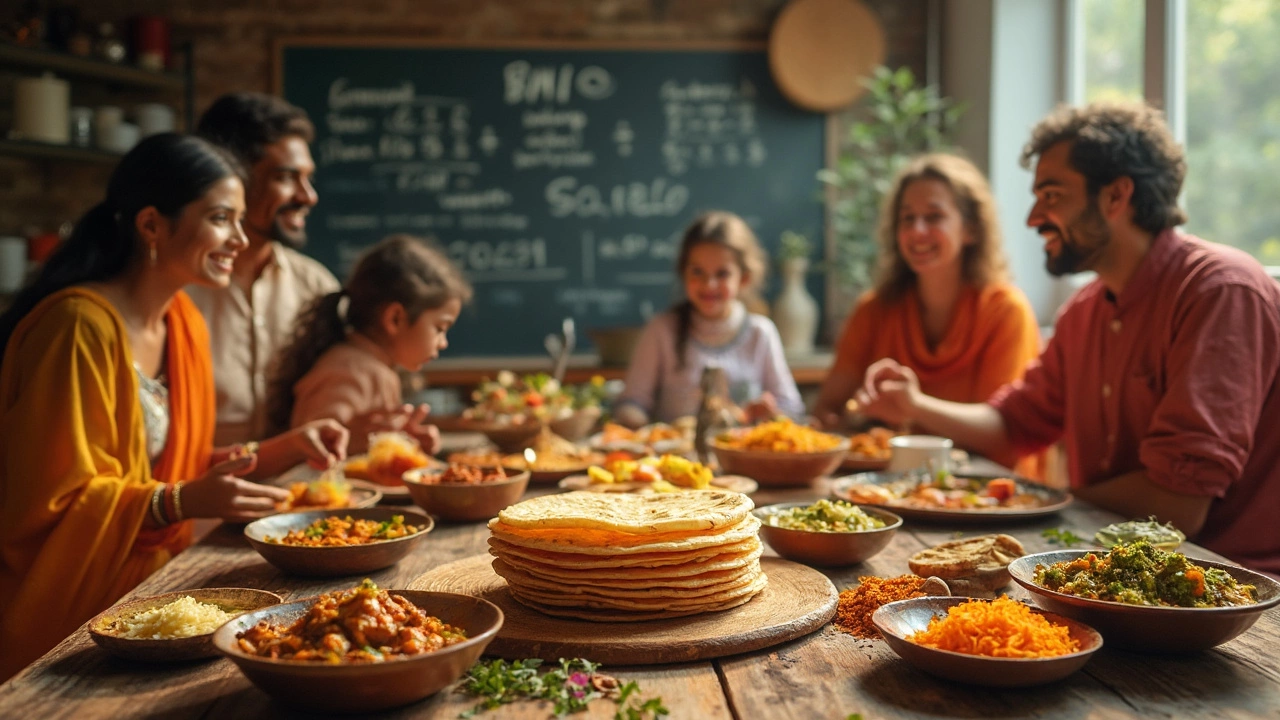
How Many Chapatis Per Day for Weight Loss and Weight Gain?
Achieving weight loss or gain can be as simple as adjusting your daily chapati intake. By understanding the calories in one roti and considering your Body Mass Index (BMI), you'll be able to determine the right amount of chapatis to consume. This article provides insights into local eating habits and offers a practical guide to balance your diet according to desired weight goals.

Body Mass Index (BMI): What It Is and How to Calculate It
Ever wondered how many chapatis you should eat in a day or the calories in one roti? Learn about Body Mass Index (BMI) and how to calculate it. Discover how a calorie calculator helps manage your diet effectively. We'll walk you through legal aspects and local factors affecting BMI for better health choices.

Body Mass Index (BMI): What It Is and How to Calculate It
Body Mass Index (BMI) is a key indicator of healthy body weight. This article breaks down what BMI is, how to calculate it, and why it's useful. Learn about the simple formula to find your BMI, its local and legal implications, and how it relates to everyday concepts like calories and diet, including how many chapatis you should eat in a day.
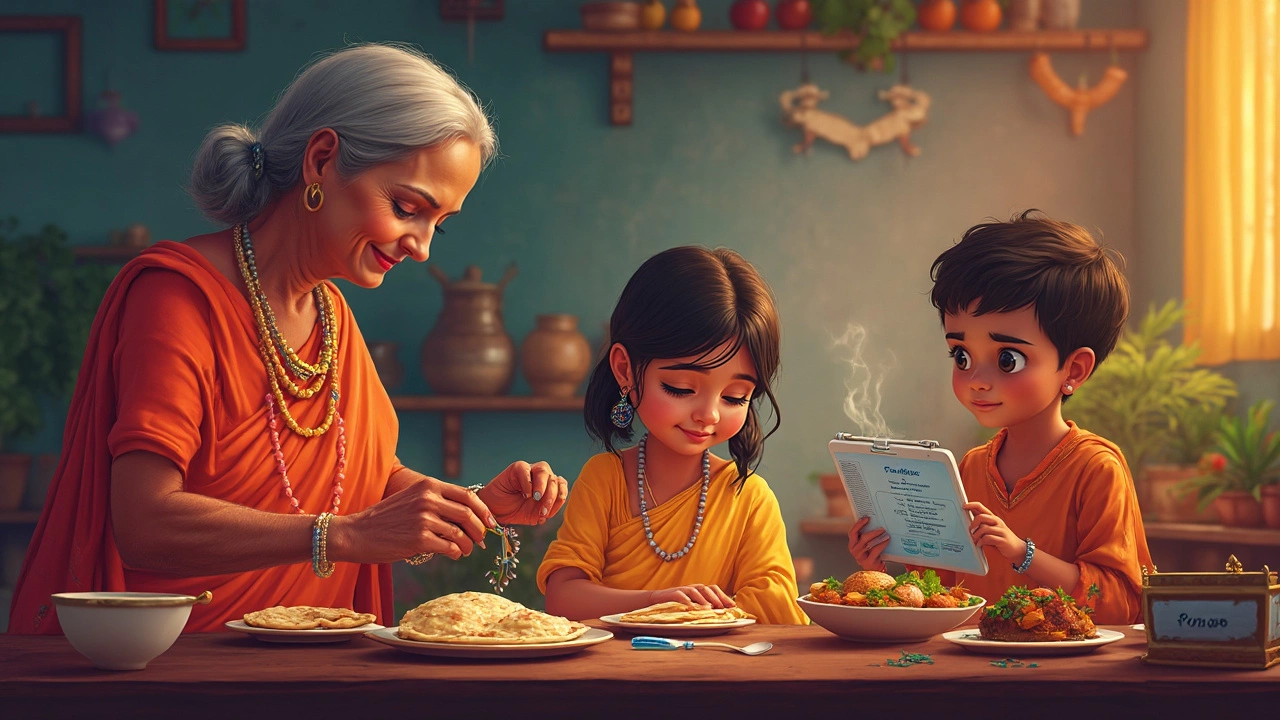
Chapati Consumption: How Many Are Too Many?
Chapatis, a staple in many diets, often leave people wondering about the right amount to consume daily. How do you balance chapati intake with health goals? Using a calorie calculator alongside your Body Mass Index (BMI) can help guide you in making informed dietary choices. Understanding the caloric content of chapatis and their role in your diet is crucial for maintaining a balanced lifestyle.
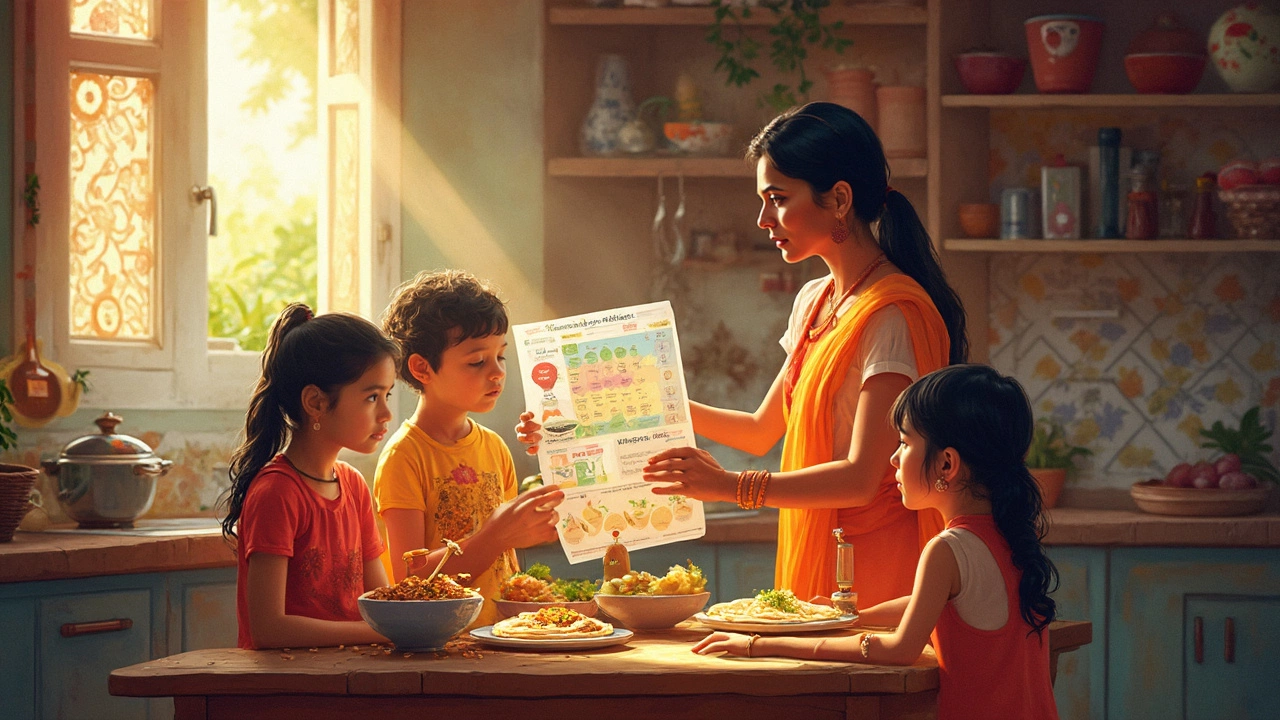
BMI Index Explained: How It Works and Why It Matters
Understanding Body Mass Index (BMI) is crucial in managing weight and overall health. This article explains how BMI is calculated, its importance, and how it can guide daily dietary decisions, including how many chapatis to eat in a day. Learn about the calorie content of Indian staples like roti, and explore the legal aspects of BMI in India's health policies.
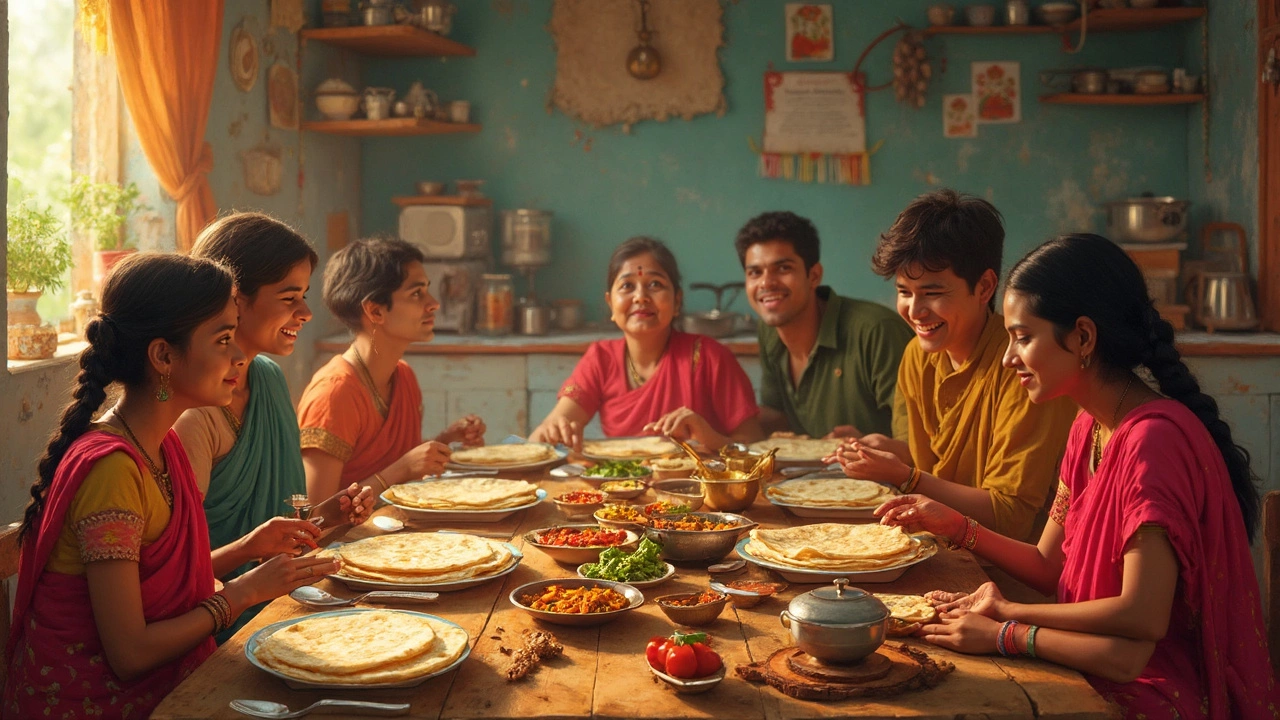
Roti Calories Calculator: Track Your Daily Intake Easily
Tracking your roti intake doesn't have to be a hassle with the Roti Calories Calculator. Understand how the number of calories in roti impacts your daily diet and determine your ideal intake using your Body Mass Index (BMI). Discover how many chapatis you should eat daily for balanced nutrition. Additionally, get insights into local dietary habits and legal aspects surrounding nutritional information.
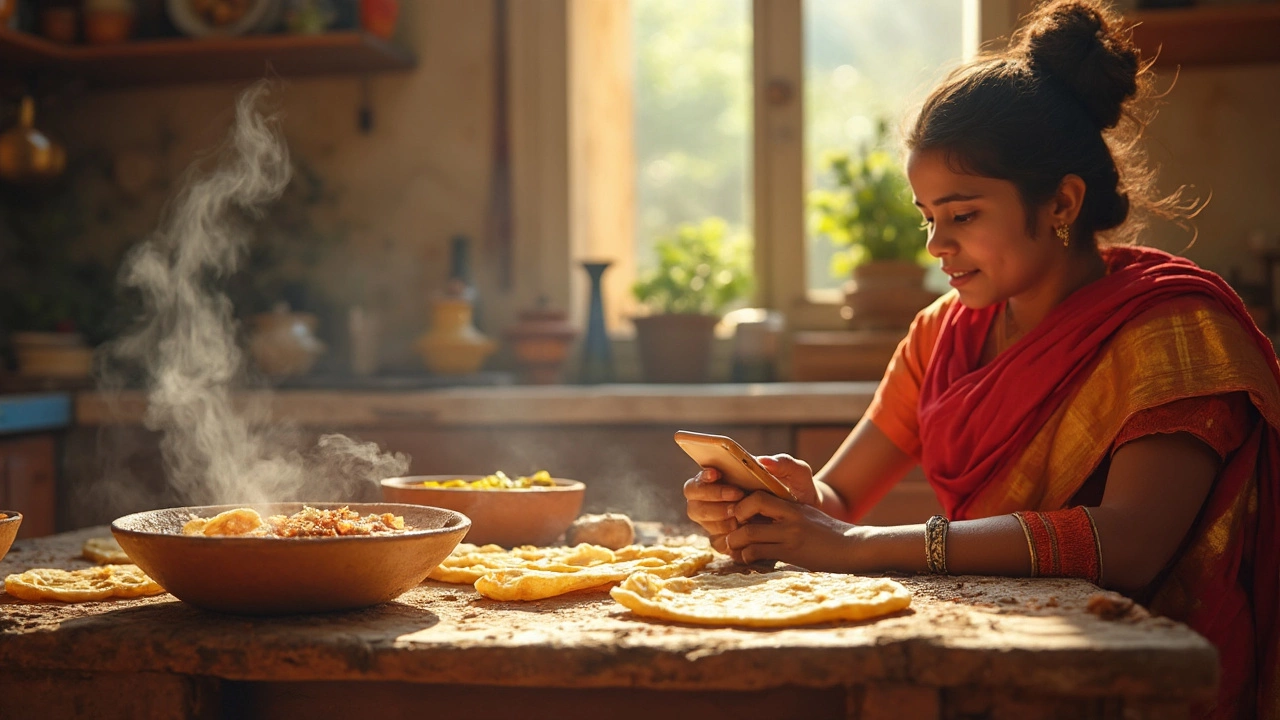
What is BMI Index? Understanding Body Mass Index and Its Importance
This article breaks down the Body Mass Index (BMI), explaining what it is, why it matters, and how it's calculated. Midway, we dive into real-life tips on using a calorie calculator, understanding calories in a single roti, and determining the number of chapatis you should eat daily for optimal health. With a focus on practical steps and local diet considerations, along with the legal choices you have concerning health assessments, readers can walk away informed and ready to take action.
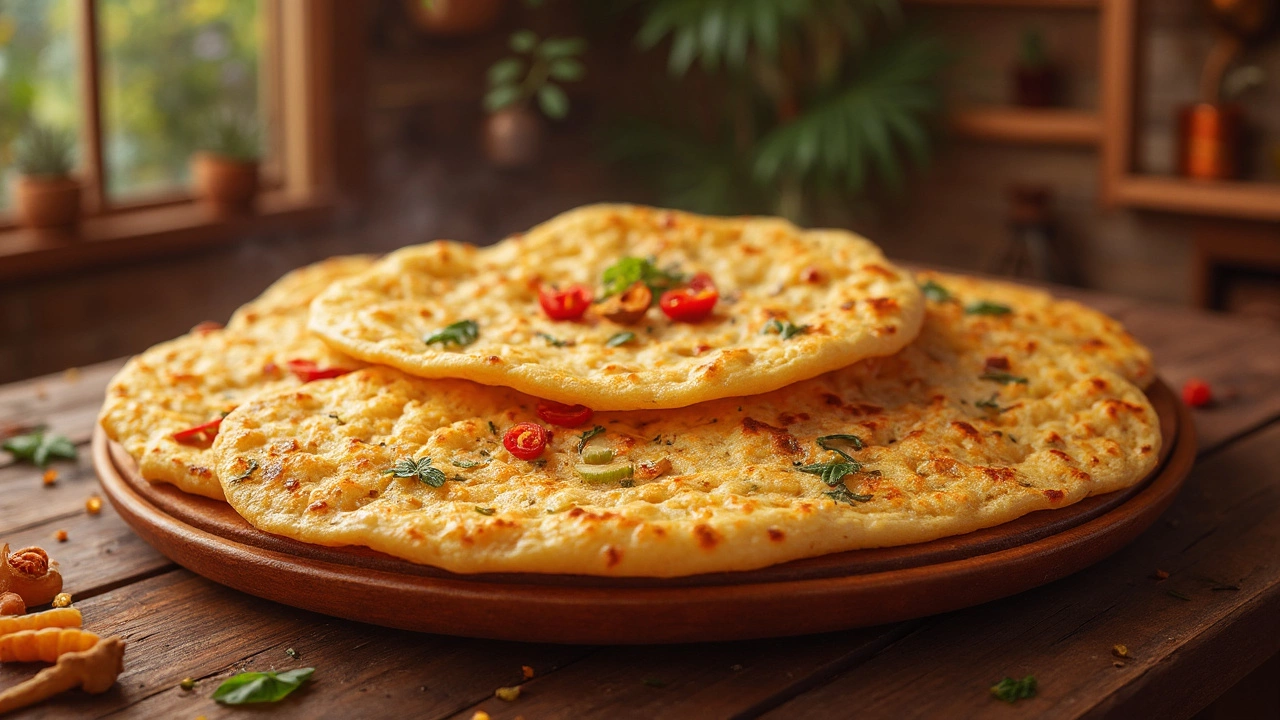
How to Calculate Roti Calories Based on Size and Ingredients
Calculating the calories in roti can be a puzzle, especially when considering different sizes and ingredients. This guide provides step-by-step instructions to accurately figure out how many calories are in each roti, delving into how variations affect your health. Learn the impact of specific ingredients and discover legal and local aspects of roti consumption. We also offer tips for maintaining a healthy Body Mass Index (BMI) while enjoying this staple food.
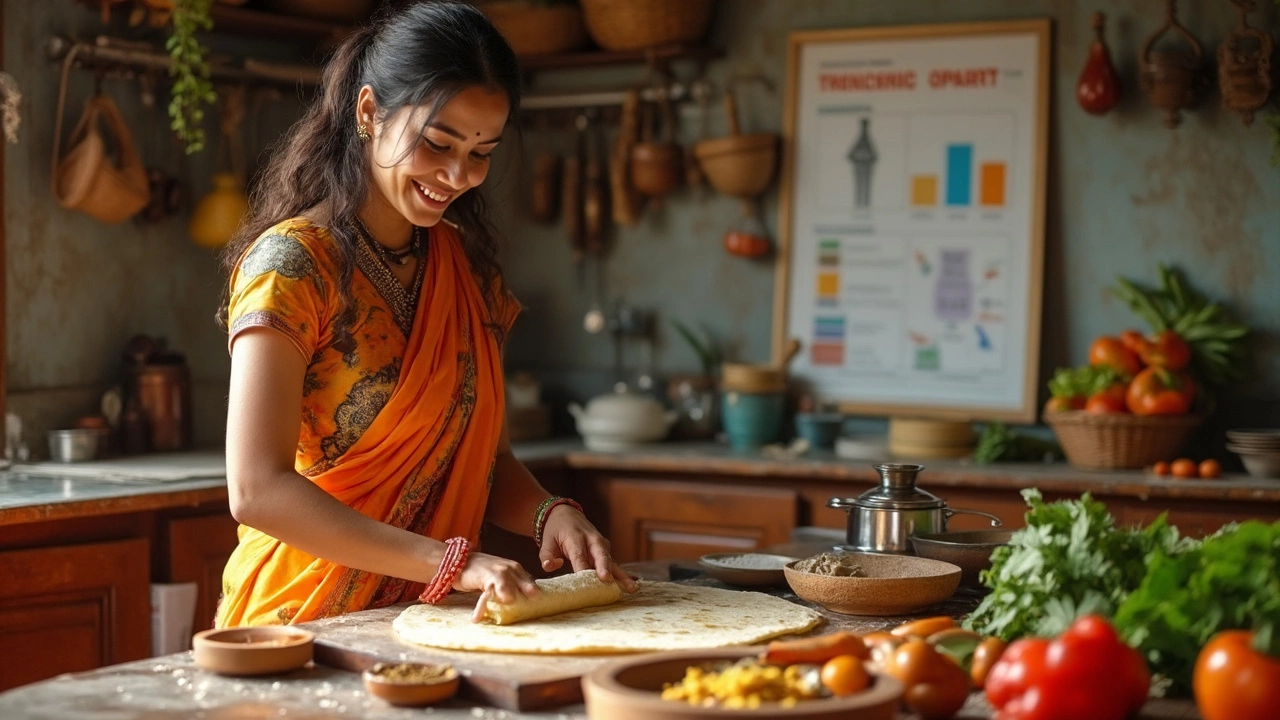
Track Your Roti Consumption with This Calorie Calculator
Explore how understanding your daily chapati intake can fit into your diet plan with the help of a calorie calculator. Learn how to balance your meals based on Calories in One Roti and ensure they're in sync with your Body Mass Index (BMI). Discover step-by-step guidance on monitoring your roti consumption and legalities around dietary guidelines in Mumbai. This user-friendly guide also highlights local insights for a healthier lifestyle.